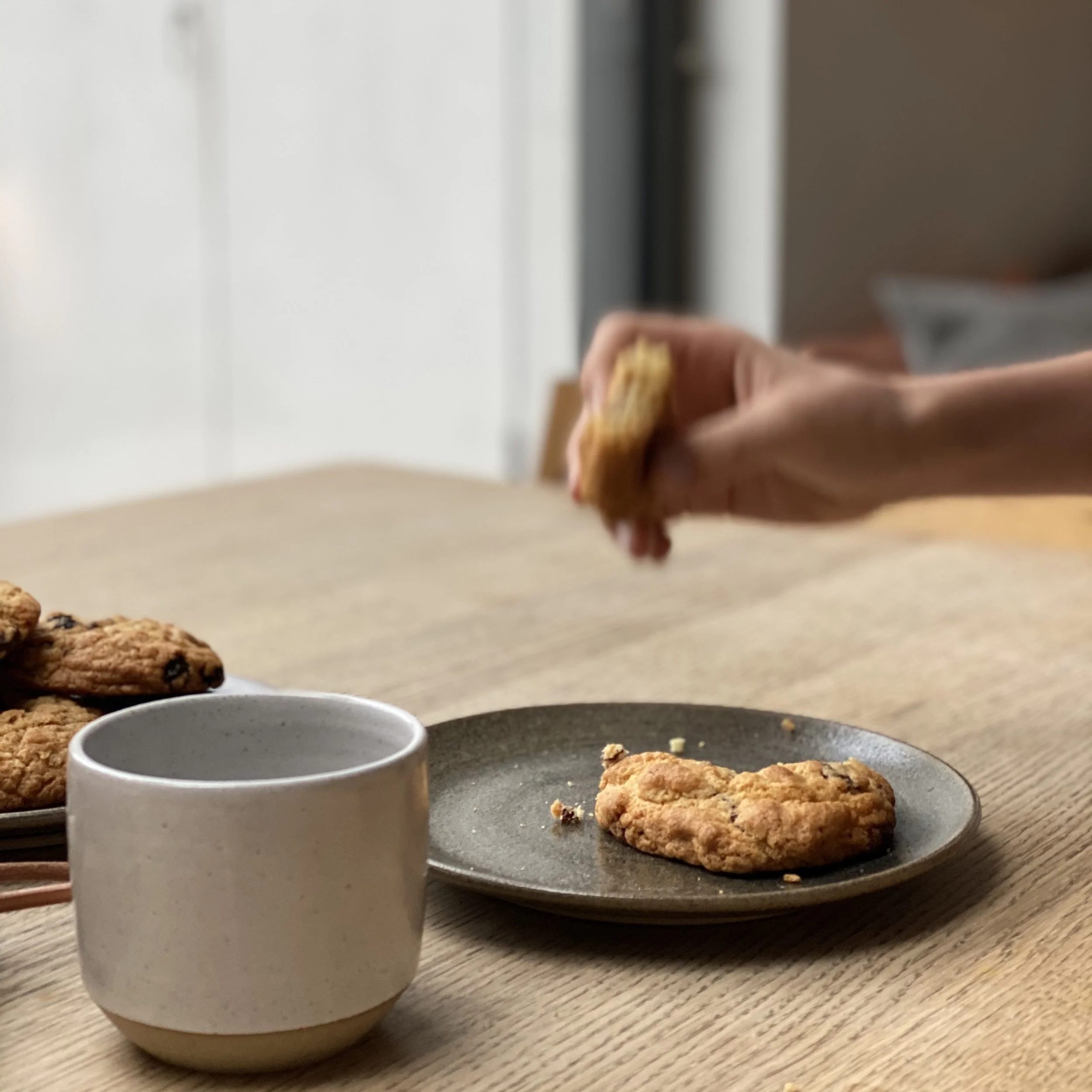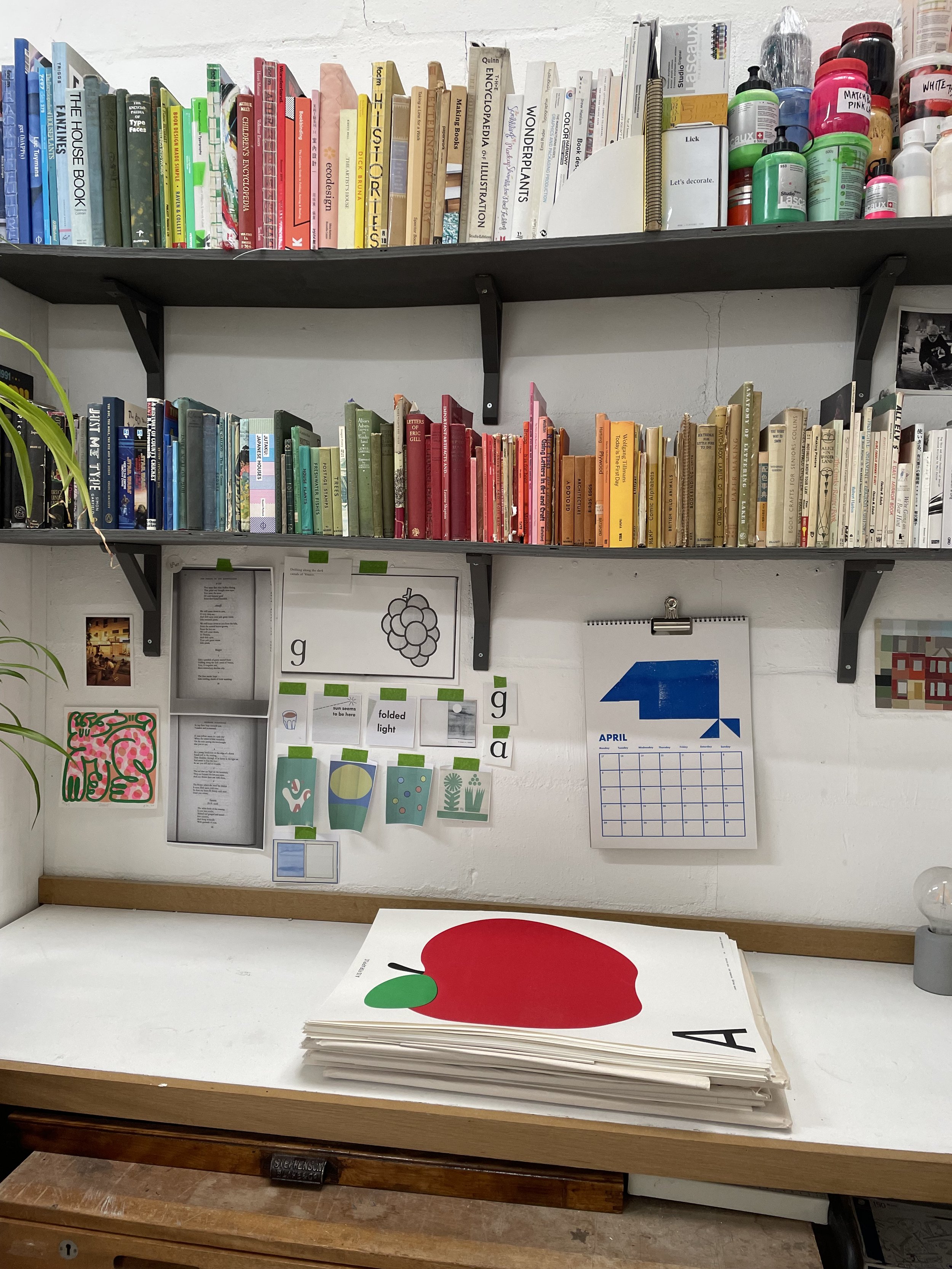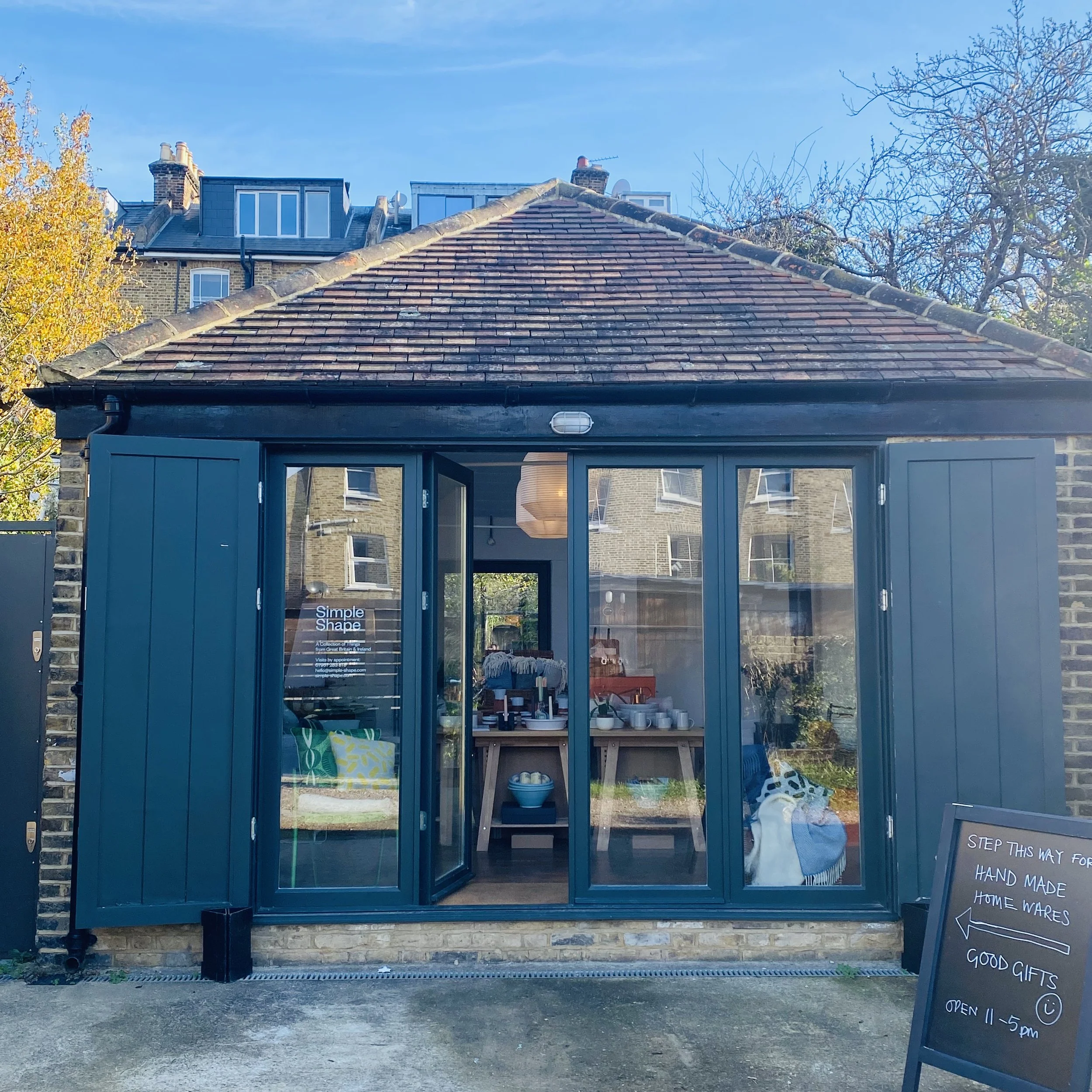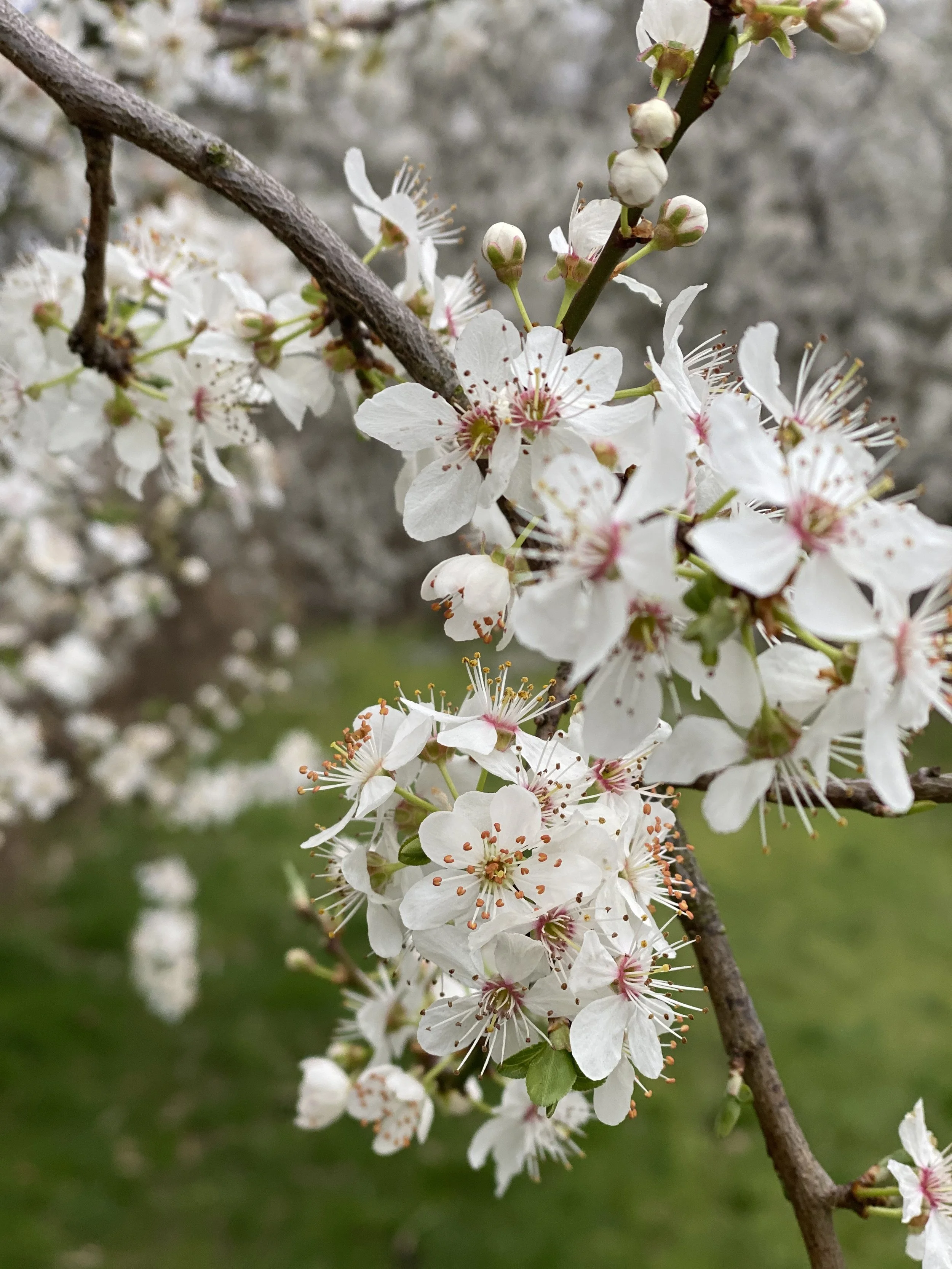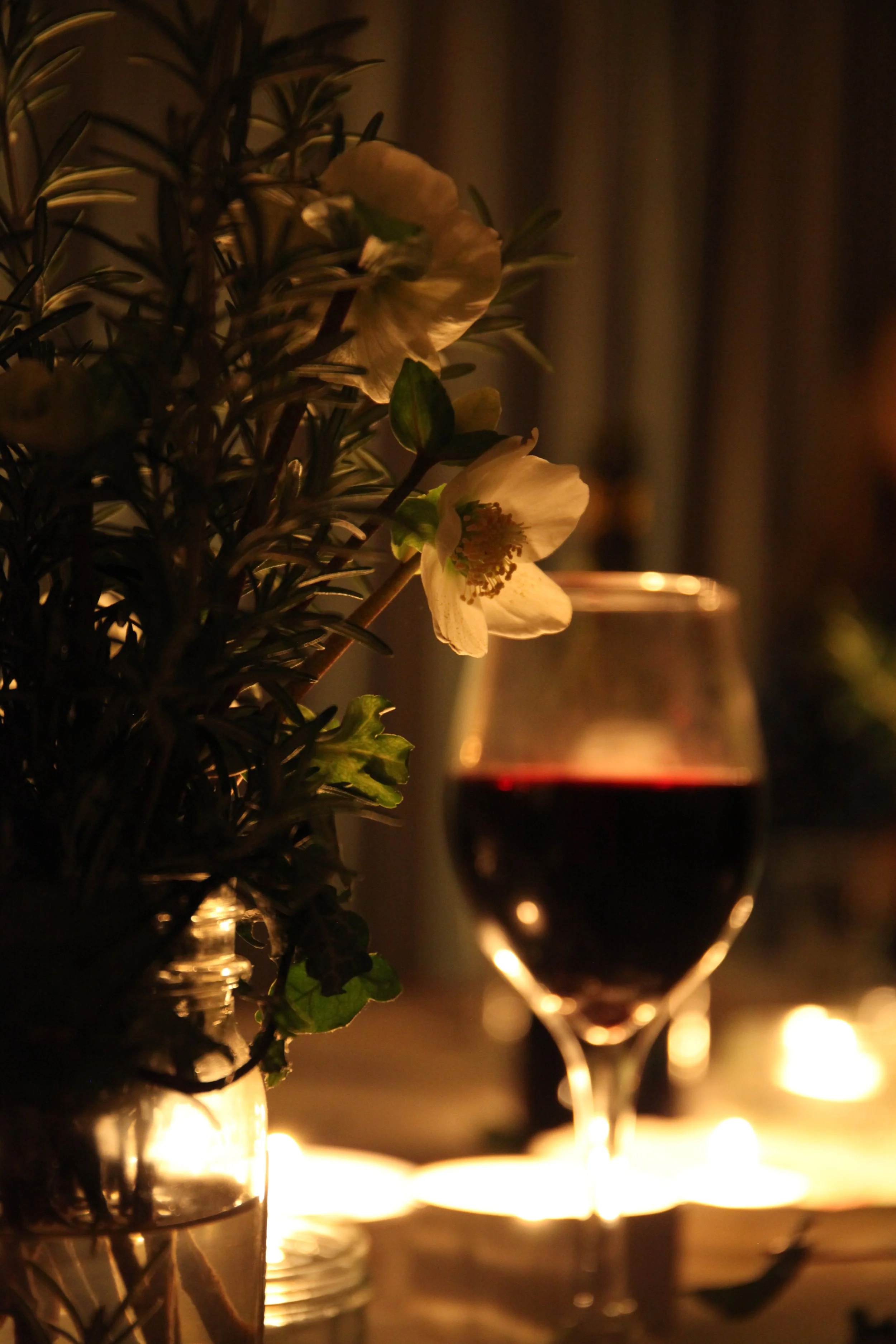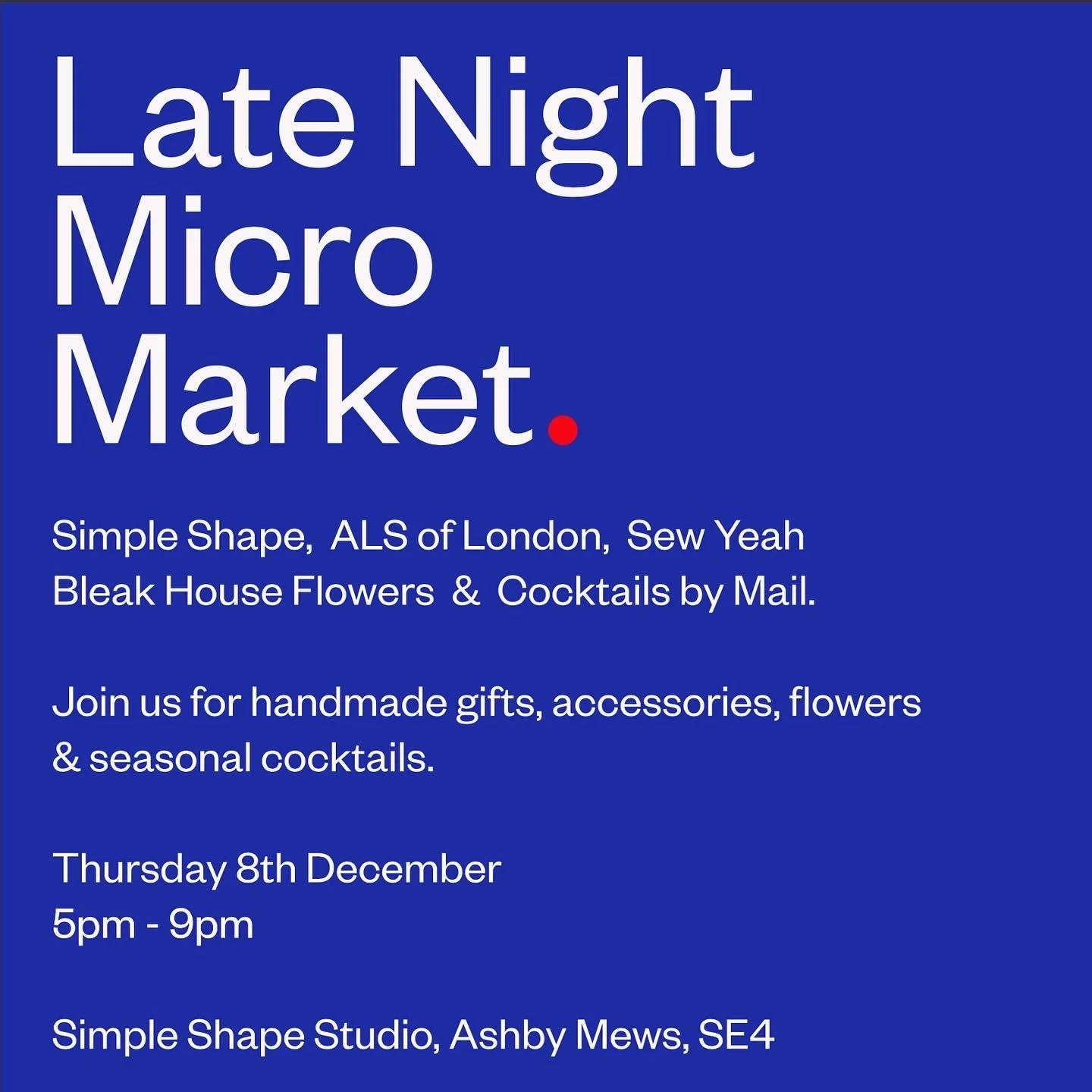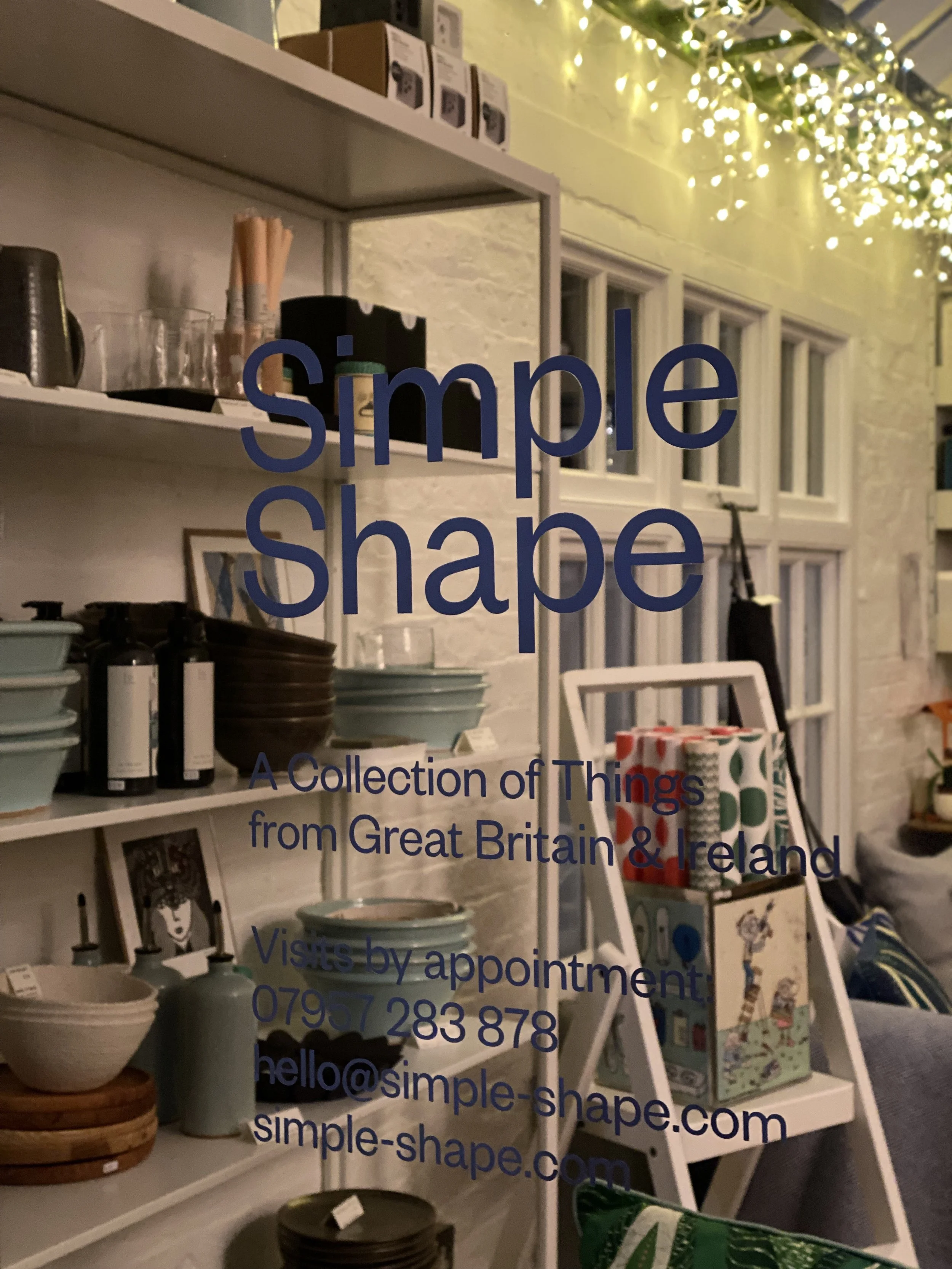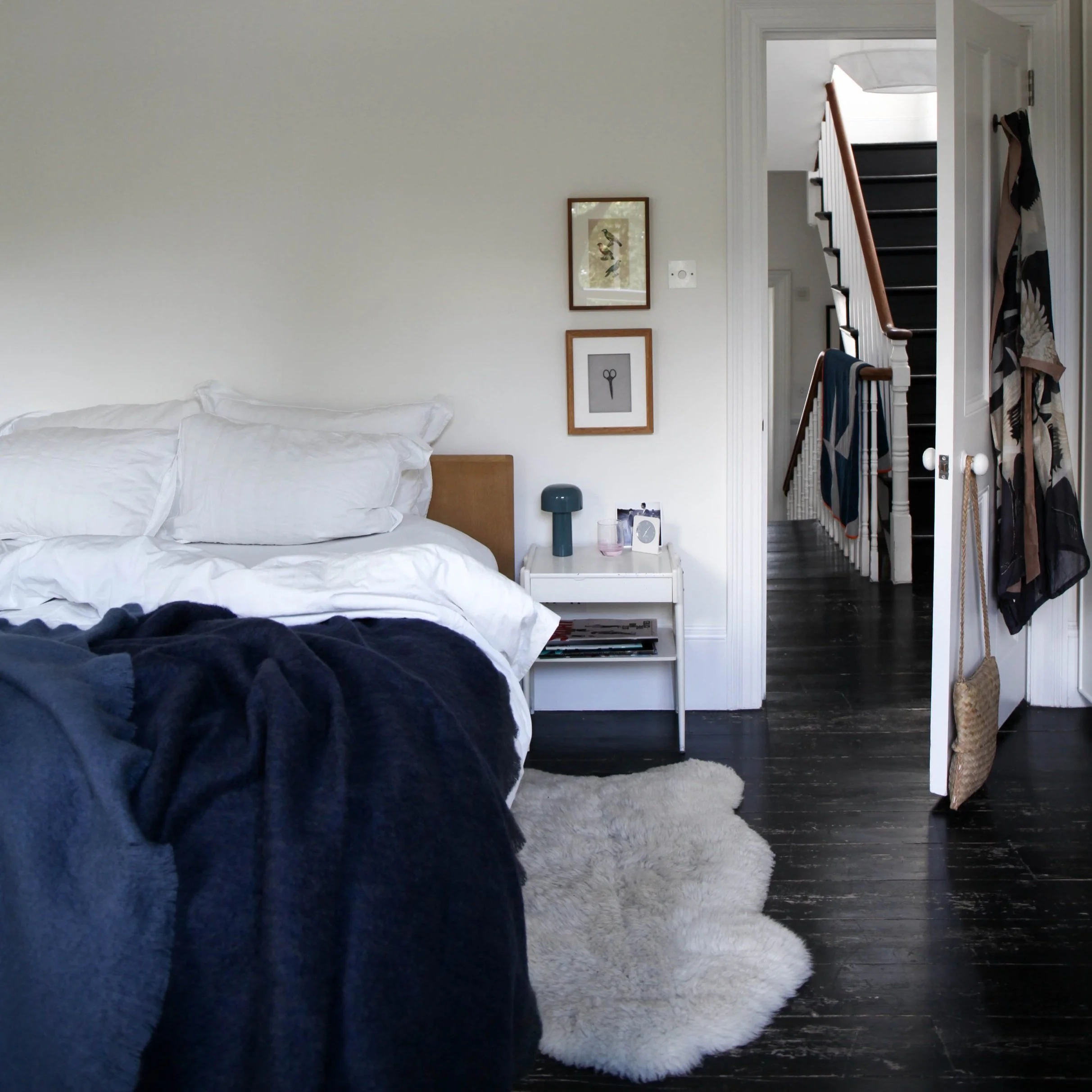MAKER Q & A : Benefield Spencer Glass
MAKER’S INTERVIEW
Scott Benefield of Benefield Spencer Glass
We asked Scott some questions and his answers are fascinating...
1 - Your studio is based in Belfast - but it’s not your hometown is it? How did you find yourself here?
The current studio is a bit to the north of Belfast in Randalstown, a former mill town on the River Maine with seven churches and eight pubs. My wife and I stumbled across it about eight years ago, when we were staying the weekend in a nearby National Trust property, and were thinking of moving out of Belfast at the time. We had met three years before that in the far north of Scotland, where we were both doing a residency at a glass centre near Wick.
2 - Are you from a creative background. Was making an inevitability?
It does make you wonder if the seeming serendipity is really inevitability. Nothing in my background, including my father’s stubborn hope that I would become a lawyer, which persisted through graduate school, pointed me towards visual arts. I can’t remember having any role models in childhood, or ever being presented with the possibility that making things with your hands was an option. I come from the middle class and everybody in my extended family was a white collar professional.
3 - When did your interest in glass blowing begin? What is your career path?
I was interested in glass before I was interested in glass blowing. The phenomena of transparency and sensuous nature of transmitted light made some kind of connection with me that drew me in. So I worked at a stained glass studio for a couple of years before going back to school to study architectural glass, and then wandered from that path into glassblowing. Glassblowing combines that material fascination with a process that demands a moment-to-moment concentration and in return gives you an almost instant gratification. I shudder to think of the brain chemistry.
4 - What does a typical day look like for you?
When the furnace—a machine for burning money—is up to temperature, the day starts quite early, around 6 a.m. The mornings are cooler and very quiet and conducive to work. The work day stops around 5 pm, so that everything can start slowly cooling down and be ready to be unloaded from the kiln the next morning. The furnace stays at an elevated temperature (1150C) 24/7 for six weeks or two months at a stretch, so this daily work cycle becomes more like a treadmill, a very intensive treadmill! Then I might shut down for two months and work on other things or travel and become very lazy.
5 - What things inspire or motivate you when you’re working?
I get very caught up in the process...paying close attention to: centrifugal force, gravity, timing, where things are in space, relative temperatures. You’re trying to get everything just right. A lot of the production line is made to fairly tight specifications without the use of moulds, so you’re trying to persuade this amorphous material to conform to your ideas of proportion and symmetry. I wouldn’t say that you’re in a dialogue with the material but there’s a reactive, responsive engagement throughout the process.
6 - What is your design process like?
I set aside three weeks in the fall to design and prototype new items for the production line, but I’m always keeping notes and making sketches. I get feedback from people at trade shows and craft fairs, I look at what people are doing in other media. I try to build on the strengths of the existing line and expand it in a way that makes sense.
7 - Do you have a hero / heroes whose work you particularly admire?
My teacher, Lino Tagliapietra, is an extraordinary man who has led a remarkable life. He was born in the 30s and went to work in the factories on Murano when he was 12. Tagliapietra slowly made his way through the ranks in the Venetian hierarchy. He was 40 before he ever got on an airplane and came to the States to teach. He was the first primo maestro to break that taboo, to teach and share these techniques with people from outside the traditions of Murano, and he was ostracised at home because of it. He was tremendously influential in the larger global studio glass movement, as a teacher and as an artist. Very inventive, highly skilled, and always very generous.
8 - If you weren’t doing this...what would you do?
That’s hard to say. I’ve been doing this for so long, it’s hard to imagine doing anything else. Maybe in some parallel universe I’m a lawyer, not miserable but suffering from acute ennui, wondering what went wrong.
9 - How do you switch ‘off’ and unwind...?
That’s an interesting question, because at the end of the day you have this odd combination of being tired—not physically so much, but mentally tired from concentrating so much on each moment—but totally tuned up. Your hand-eye reactions are super fast and you’re in a nonverbal flow state, which isn’t relaxed at all. I try to engage the other half of my brain, reading and writing, to even things out.
10 - If you were given a ticket to anywhere, where would you go?
One surprising thing about this life, which I hadn’t anticipated when I first got into it, is the opportunity to travel. When I mentioned the global glass movement above, what I really meant was the global glass community—it’s small, especially compared to ceramics or photography, but it’s surprisingly close-knit. I studied in Sweden and then learned Venetian techniques in Italy. I was involved in an organisation that puts on an annual conference for glassblowers—mostly in the States, but I worked on conferences in Osaka and then Amsterdam as well. I’ve blown glass in Lichtenstein, Australia, Canada. I’ve taught short courses for the last 10 years at schools and workshops in America, Turkey, Japan, China, Ireland and England. I’m actually a terrible tourist but a pretty good traveler, and the common denominator has always been glass.
11 - What is your most treasured possession?
For someone whose livelihood depends on serious infrastructure—all of the kilns and furnaces and equipment of a glassblowing studio—I’m not too obsessed with things in general. But I think a lot of people who work with tools get very attached to them...you come to depend on them; they have very particular attributes. My oldest tool is a pair of pucella, the classic glassblowing tool that was invented 2000 years ago and hasn’t changed in design since, that I bought in 1986. It was made by a legendary toolmaker from Murano, Dino Tedeschi, who died many years ago. I’ve spent my entire career with this tool, first as a student, then as a studio owner and a teacher. It has helped me make literally thousands of pieces. I like the idea that something like that was made to last a lifetime.









